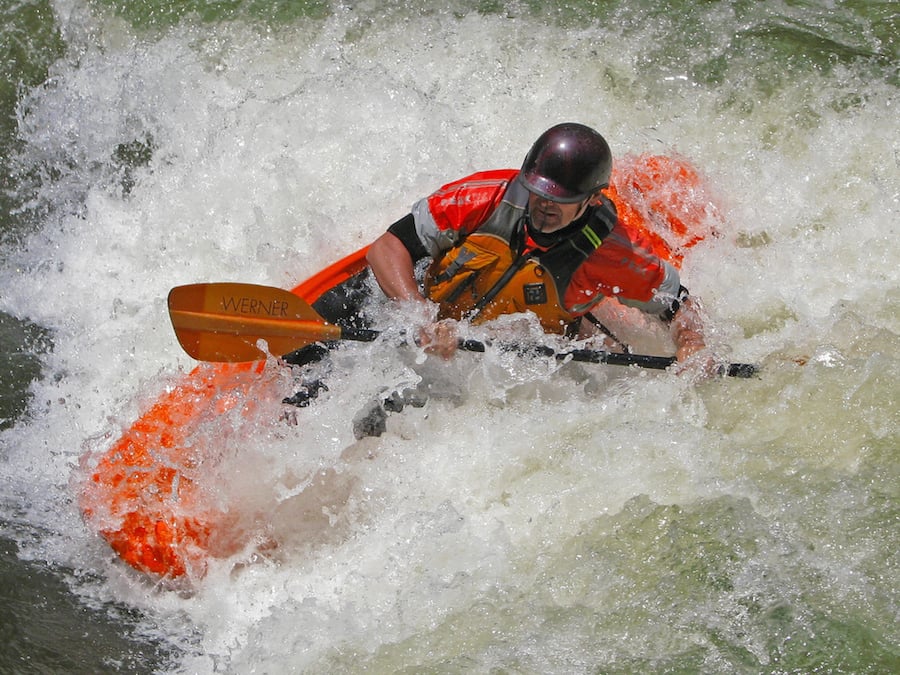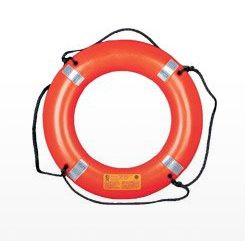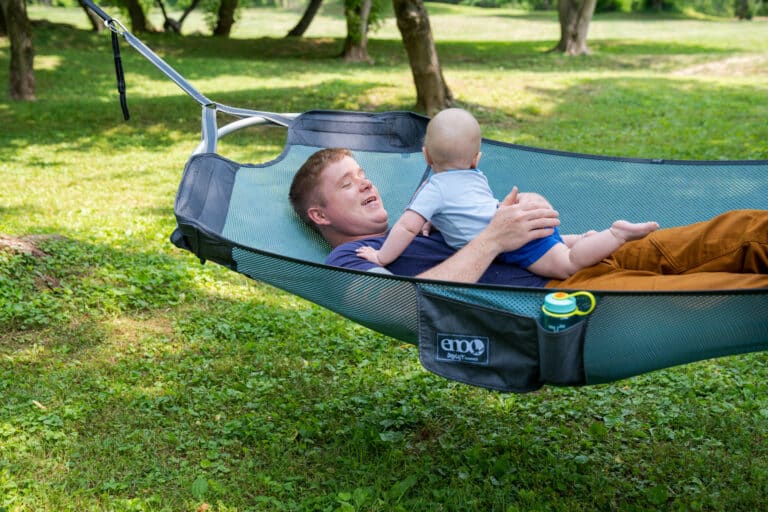Paddling is often about taking risks and getting out of your comfort zone: jumping on that big wave, taking a dive into a deep hole, navigating a new stretch of blinding whitewater. But risky doesn’t have to mean dangerous. Safe paddling is fun paddling, and the most important challenge for any boater is to keep out of harm’s way in the midst of so much adventure.
Good paddling skills and a reliable whitewater team are only half the battle – the rest lies in the gear. Throwing on a helmet and a lifejacket before hitting the waves seems simple enough, but the number of factors involved in buying, fitting, and understanding these pieces of equipment can make adopting these crucial safety precautions easier said than done.
The big news right now is the U.S. Coast Guard recently announced that they are evaluating the current PFD (personal floatation devices, or life jackets) classification system and that changes are on the way. Look for a new rating system by Spring 2016. The next step in PFD design and marketing has been a long time coming, and the wait only continues for now. But positive change is on the way, and watersports participants can look forward to this giant step ahead.
Currently, PFDs follow a special rating system consisting of five categories. Here’s the low-down (expect this system to become simplified and easier to understand):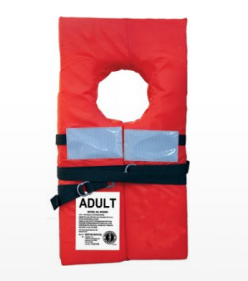
Type I: Off-shore Lifejackets
These PFDs are what you’ll usually see on your typical ship or boat. They’re the most common and versatile option for general water activities, and are designed with deeper or more isolated conditions in mind (such as in the ocean). Big, bulky, and buoyant, Type I PFDs will certainly keep you afloat but can be a burden to wear.
Type II: Near-shore Lifejackets
The little brother of Type I vests, these are lighter and smaller but don’t have nearly the same long-term abilities. Type II PFDs are meant for calm and easily accessible areas, like flatwater riverbanks and oceanfronts no further than the breakers. Take these guys to the beach, but switch to Type I before heading out much deeper.
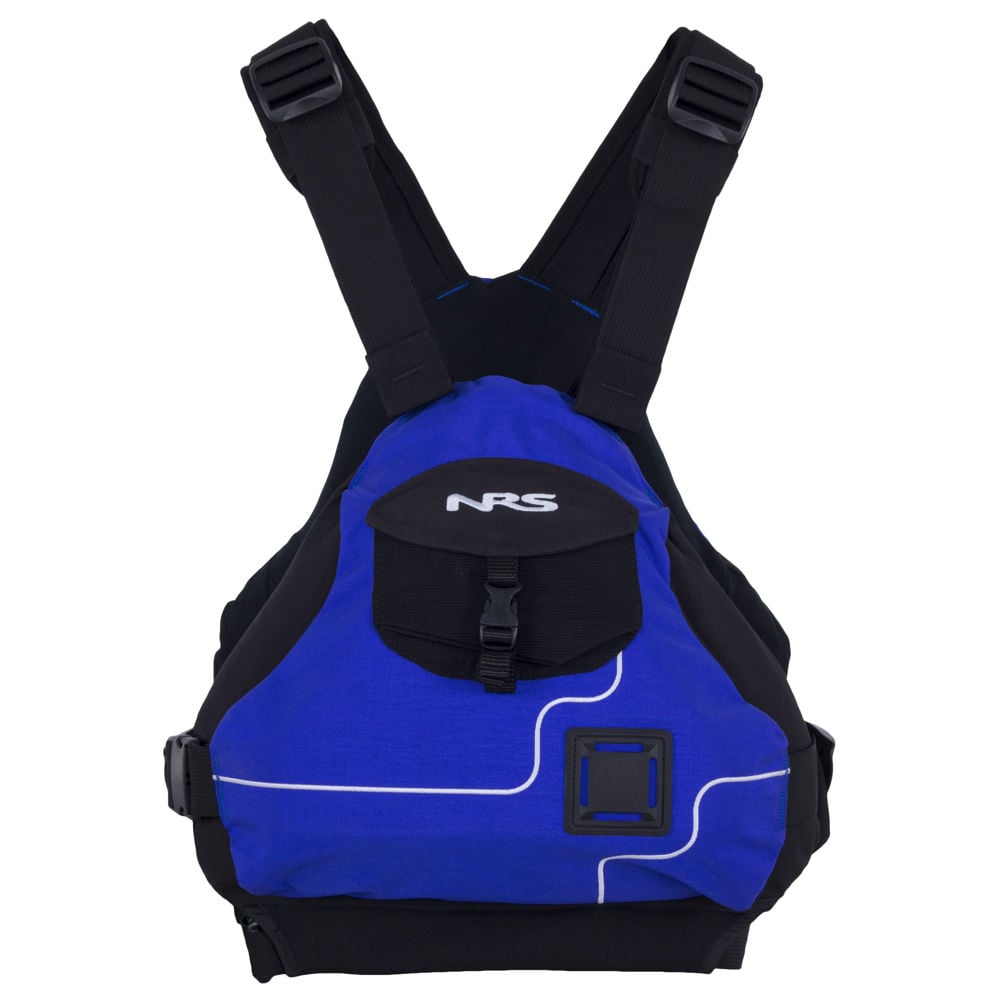
Type III: Floatation Aids
Something a little more familiar. Most recreational and sport PFDs fall under this category, from fishing vests to whitewater jackets. They’re sleek, streamlined, and lightweight, and usually the most comfortable out of the whole range. While Type III’s still can’t boast the same top-notch protection in deepwater or during long waits for rescue as Type I, they still make the best option for small boat activities.
Type IV: Throwable Floatation Aids
Think buoys, cushions, and life rings here. Type IV aids can’t be worn, and therefore are really only worthwhile to keep stored on larger vessels.
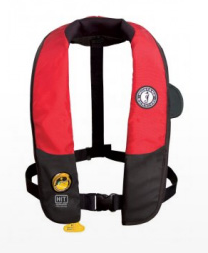
Type V: Speciality Lifejackets
These vests are made for specific activities, and are only safe when used according to each one’s designated standards. Some whitewater and small boat PFDs are classified as Type V, especially rescue vests with added belts, rings, and tow lines. Otherwise, Type V is the grab-bag category for whatever doesn’t fit any of the other qualifications, including full-body suits, decksuits, and hybrid vests.
These categories are pretty confusing for the average buyer. First, the categories don’t follow an incremental pattern. The Coast Guard uses a system of increasing numbers from I to V, which under most other conditions would suggest that higher numbers correspond to higher value. Type I, according to instinct, would offer the least protection while Type V would be the most secure. But the PFD system completely ignores this natural pattern and instead assigns each number a rather random definition, where number value and item quality don’t necessarily correlate. This makes it difficult to understand what the categories really mean, and can keep people from choosing the right kind of device to best keep them safe. Plus, this system is completely unique to the United States. Boaters from outside the country trying to find an American vest, or vice versa, can’t rely on the same scale from place to place.
Anything that complicates such an important safety choice constitutes a problem, and the Coast Guard has finally realized that it’s time for a total revamp.
So get ready to say goodbye to the frustrating five type code system and welcome in a new standard – but don’t get too excited just yet. These big developments likely won’t take the stage until 2017, and the Coast Guard won’t share any further information until the slow process reaches its final stages. For the time being, we can count on a few precious details concerning the overhaul: the Coast Guard plans to focus on moving toward a more universal PFD standard in line with other countries, to entirely replace the I-V type code system, to create more PFD variety, and to more clearly differentiate between models.
— Images courtesy of Mustang Survival (types I, II, IV, V) and NRS (type III).
